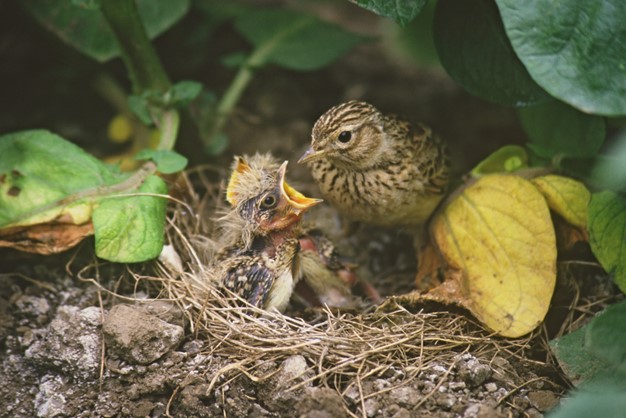
Nature underpins our health, wellbeing and the economy. It gives us the essentials of fresh water, air, food, medicine, flood prevention and climate regulation, whilst also providing places to relax and enjoy.
That’s why we are committed to protecting and restoring nature, and monitoring the abundance of species enables us to understand the state of the wider environment and improvements in biodiversity.
In May 2024 we published, for the first time, 'Indicators for Species Abundance in England' as an official statistic in development. The all-species abundance indicator, once fully developed, will be used to track progress with meeting our statutory biodiversity targets to:
- Halt the decline in species abundance by 2030.
- Reverse these declines so that by 2042 they are 10% higher than in 2030.
Following this publication, we were keen to invite feedback on the all-species indicator to help inform further development. To achieve this, we:
- ran two stakeholder engagement workshops with eNGOs, local government and landowners, and other interested parties in May and June 2024
- published a Defra Environment blog on ‘A call for feedback on the indicators of species abundance in England’ in October 2024
- supported the British Ecological Society in running a workshop on the Species Abundance Indicator in mid-October 2024, inviting feedback from a range of ecological experts across government, nature agencies, NGOs, universities and other research institutions
- met with the Office for Environmental Protection to discuss their feedback
We have received an amazing amount of high-quality feedback, both written and verbally following this engagement, which we want to extend a huge thank you for. It has been critical to considering how we can improve future iterations of the all-species abundance indicator and has helped to shape our development plan for the indicator going forward.
Next steps for the indicator
We have now sought to categorise and respond to the feedback and have published our full response on GOV.UK.
This covers the following topics:
- our development plan for new trend breakdowns of the all-species abundance indicator, including our commitment to exploring options for a habitat-level breakdown, functional group breakdown, and specialist / generalist breakdowns
- our commitment to publishing a distribution indicator which will be included in the England Biodiversity Indicators.
- an explanation of the species representativeness of the indicator
- our proposal for potentially adding or removing species from the indicator if required (e.g. if new data which meets the criteria becomes available in the future)
- more detail on the methodology and data used for the indicator
- detail on how the indicator will be used to assess whether we have met the species abundance targets
We also received some feedback on the priority species indicator – for more information on updates to this indicator, please read the 2025 statistical release.
Alongside the response to feedback, we have also published some of the underlying code that we use to produce the all-species abundance indicator which will allow researchers to see how the methods are applied and increase transparency.
This is the first time Defra has published code underpinning any of our statistics and we will aim to publish further scripts relating to the all-species abundance indicator alongside the 2026 release.
To provide any further feedback, please email the Environmental Statistics and Reporting team at biodiversity@defra.gov.uk.
Leave a comment